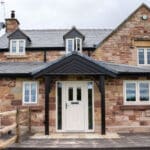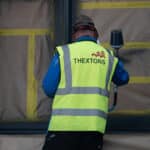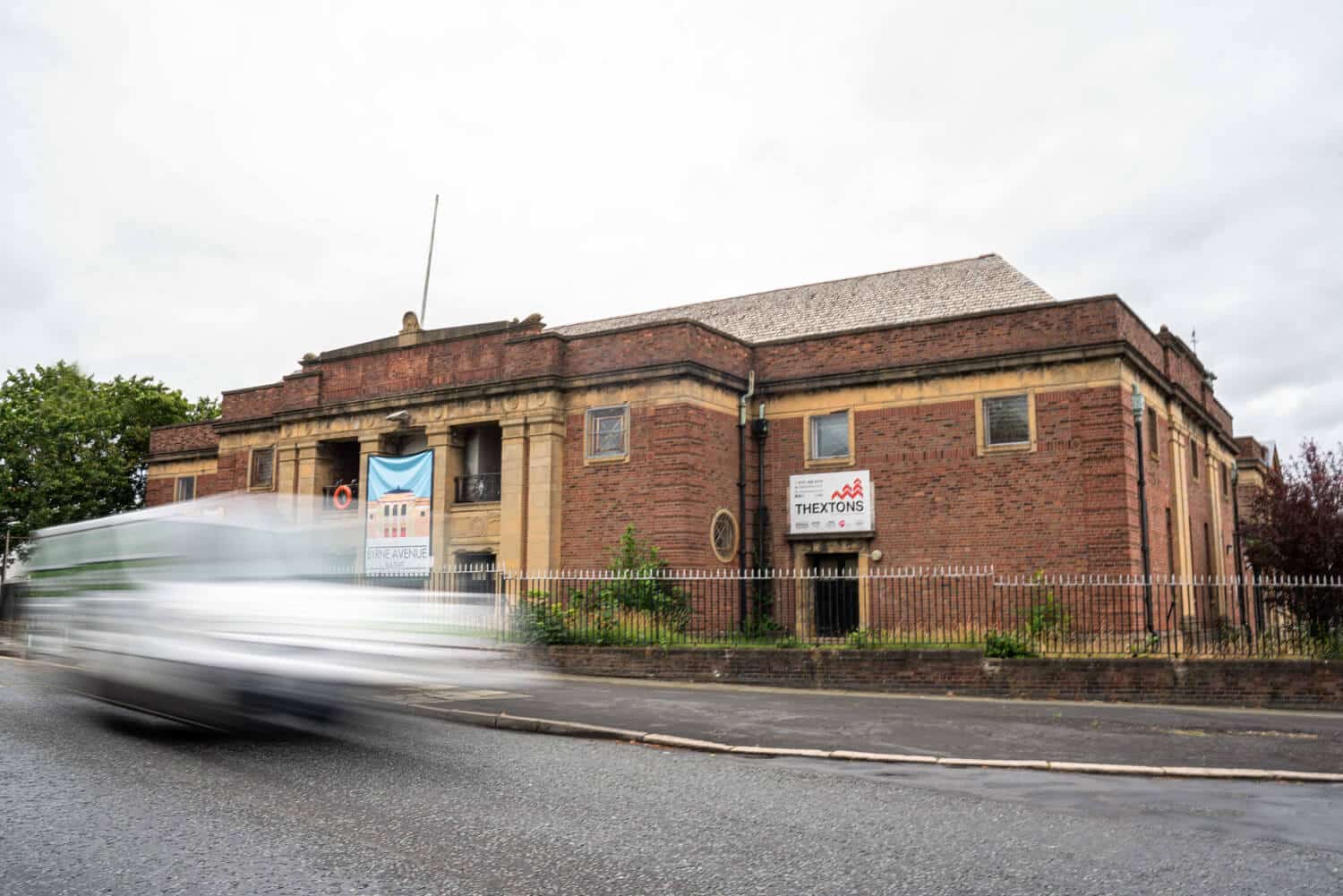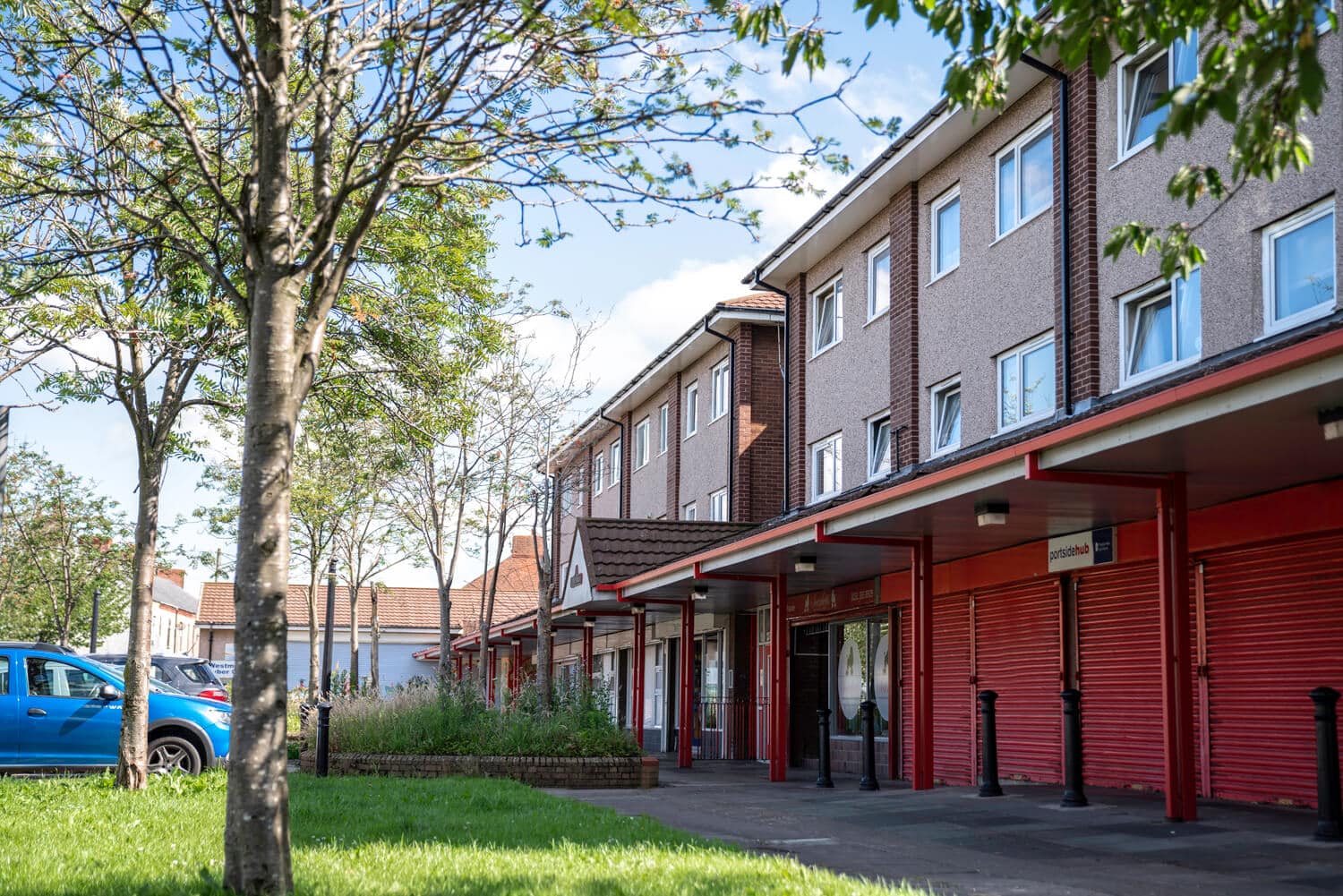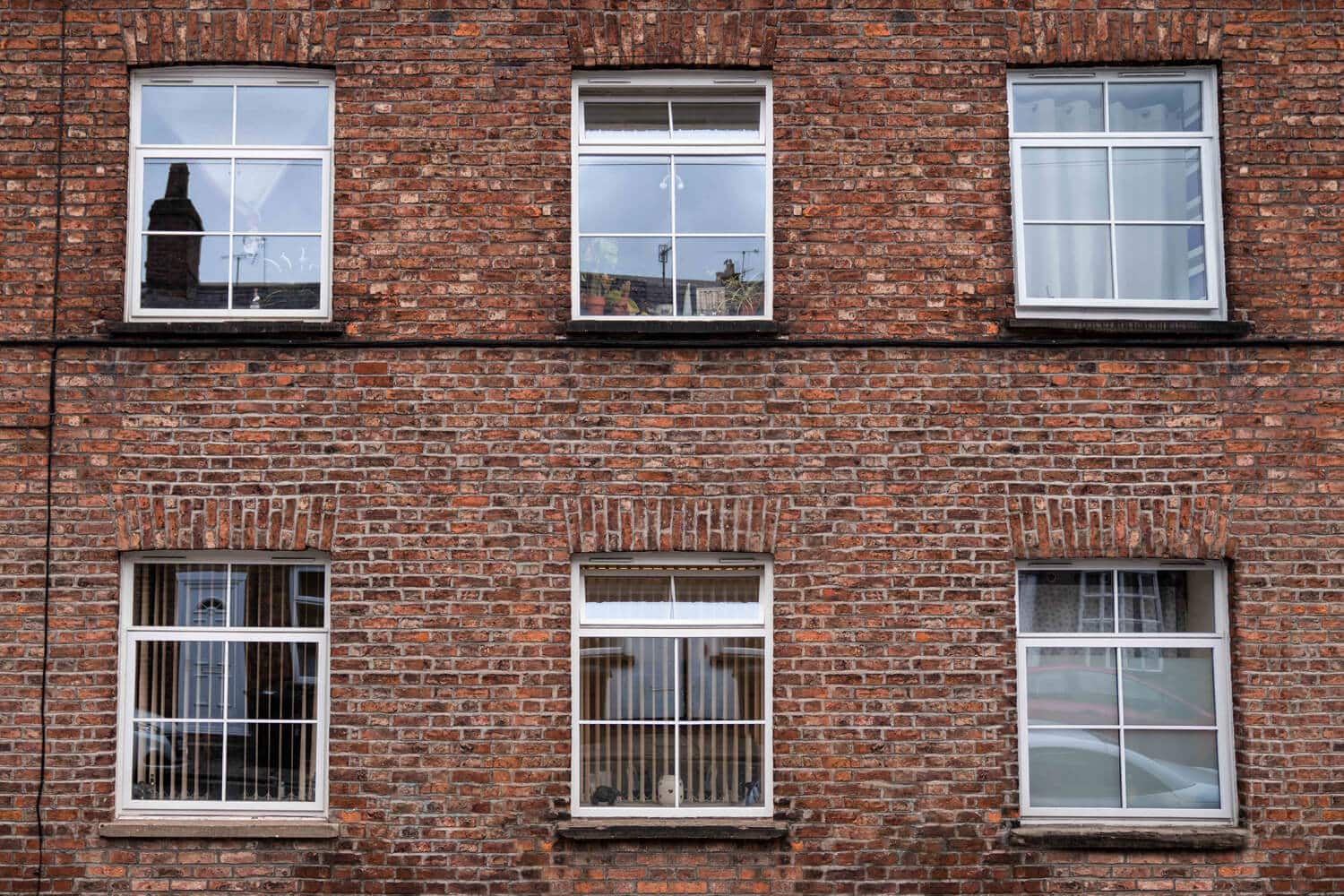A guide to rooflines
The roofline is one of the most important parts of any building. It bridges the gap between the wall cavity of a property and the lowest tiles of a pitched roof and serves multiple purposes. Not only does it help to support the weight of the roof’s eaves, but it also protects the underside of the roof and any loft or attic space from damp, nesting birds, and infestation by vermin.
In this article, we’re going to explain the key components that make up a building’s roofline and the role they play in protecting your property.
Components of a roofline
The typical roofline is made up of four key components: fascias, soffits, gutters, and bargeboards. The use of rooflines to delineate the roof and outer wall of a building dates back more than 100 years, though the design and materials used in their construction have evolved over the years. This is what each of the components does for your property:
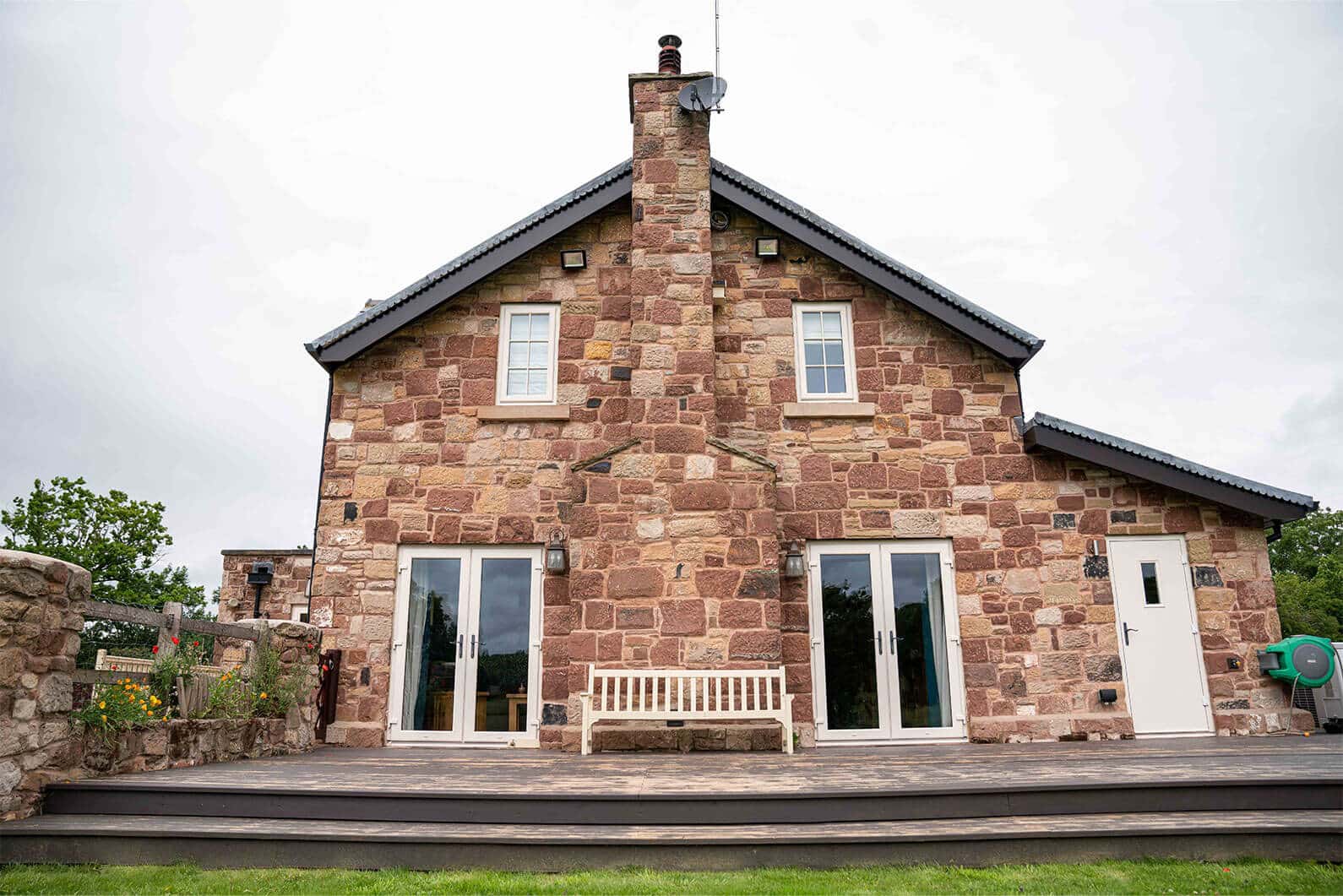
Fascias
The fascia is the outward-facing board that runs the length of your property, tucked neatly below the first row of tiles that make up the roof’s eaves. It helps support the weight of the eaves and is usually where the gutters are attached.
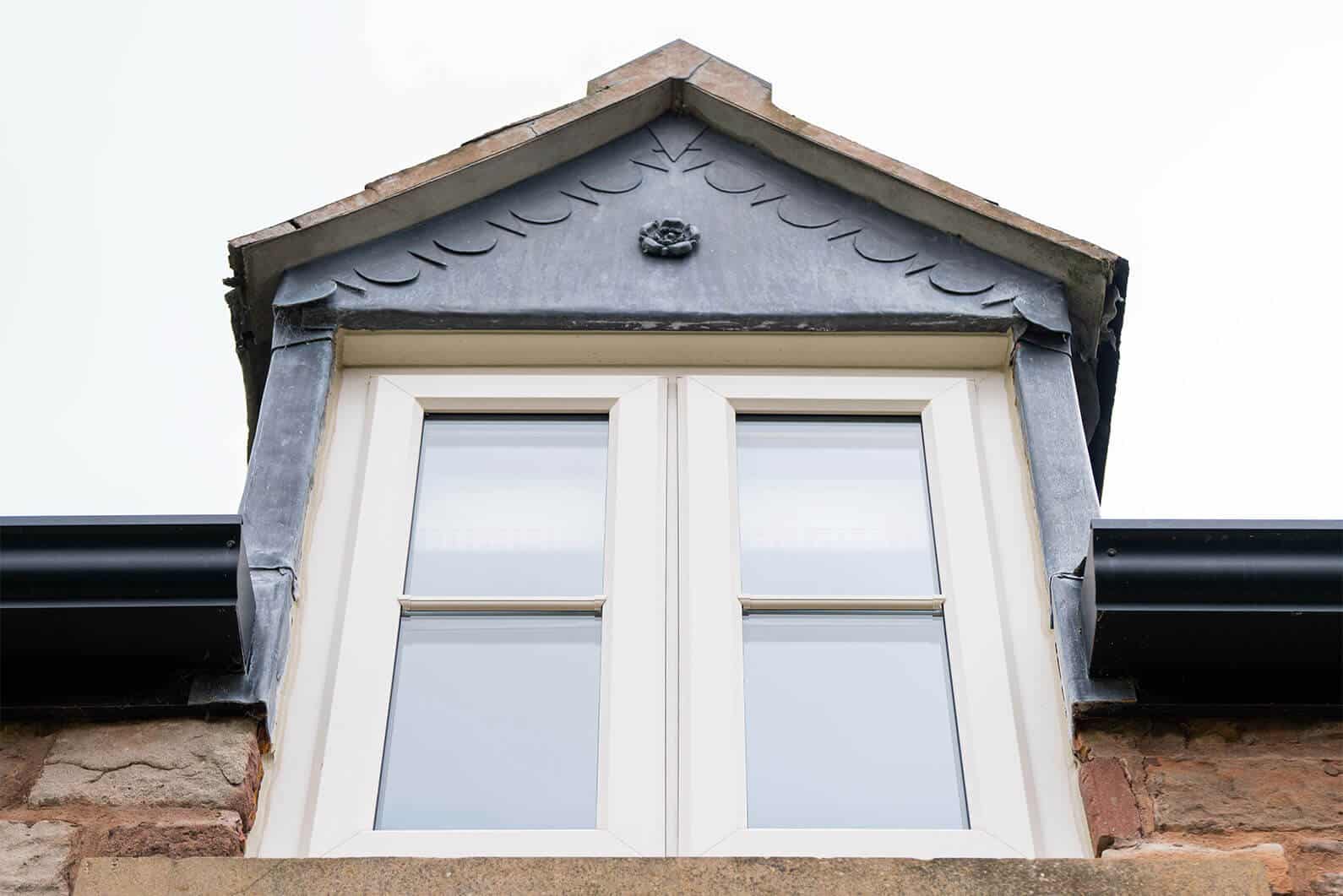
Bargeboards
The outward-facing boards at the gable ends of the roof are known as bargeboards. Since they fill in the gap between the two angle planes of your pitched roof, they add significant strength to the structure.
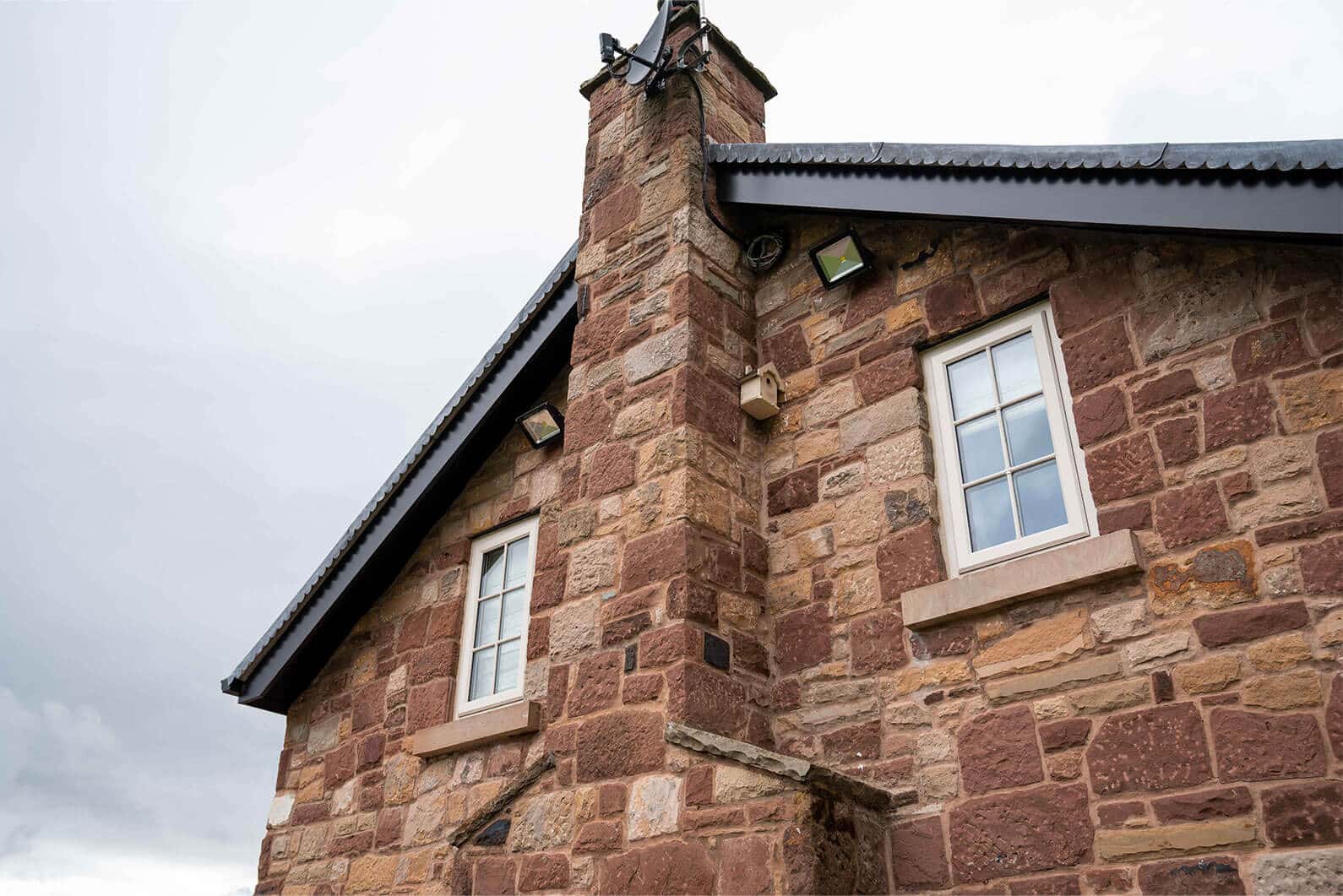
Soffits
The gap between the fascia boards and the wall of your property is filled by soffits. These run the length of the fascia board and are fixed perpendicular to them, sealing the underside of the roof edge. This covers the gap leading into your office space and prevents nesting birds and insects from gaining access.
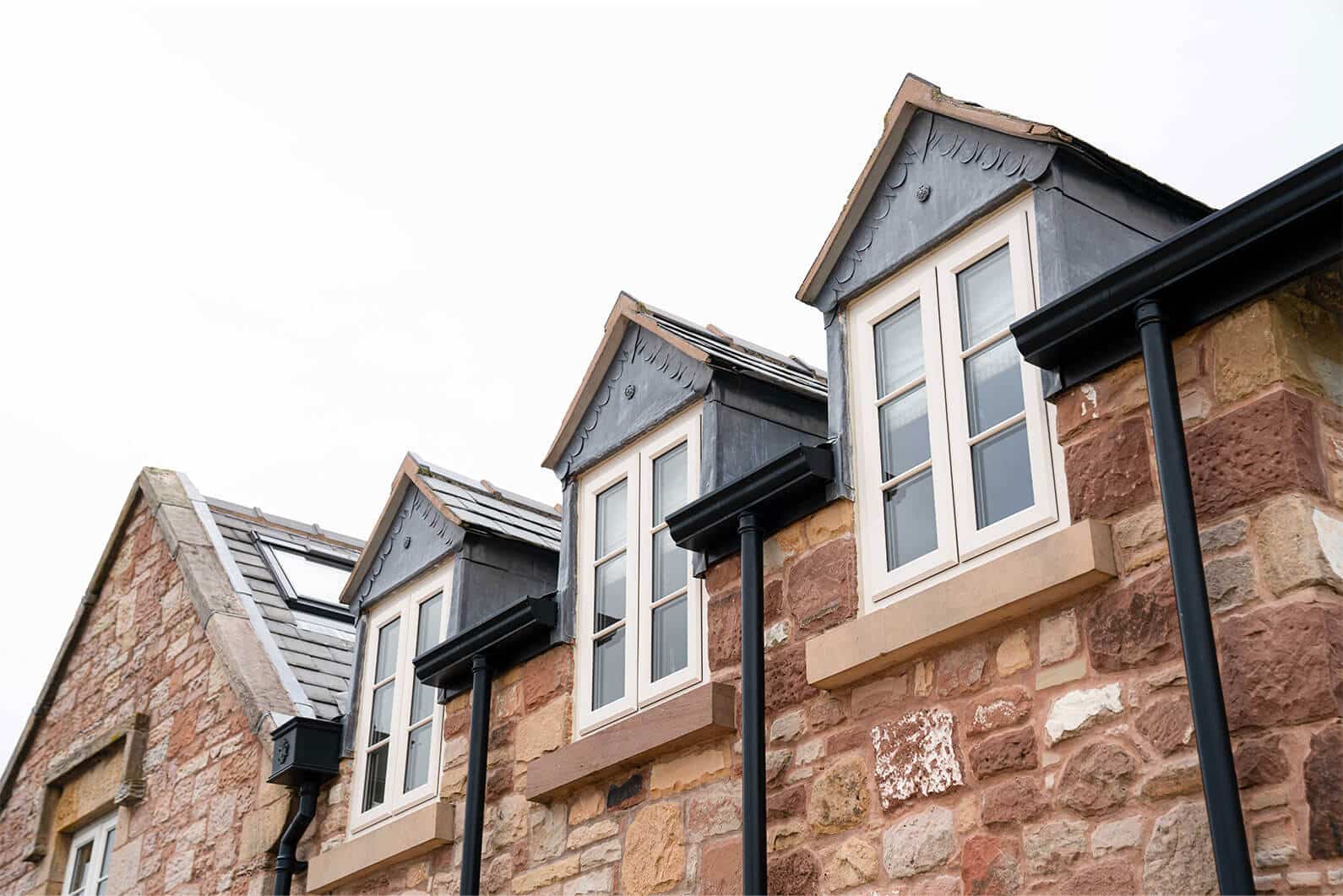
Gutters
Guttering catches rainwater and snowmelt as it runs off your pitched roof, diverting it away from the property via a series of downspouts into the sewer system.
What Makes the Roofline So Important?
The area between the wall and roof of your property is constantly exposed to the elements. It falls victim to everything nature can throw at it, including wind, rain, and snow. The roofline protects this part of your building by sealing it off from the outside world and protecting it from water damage and rot.
Roofline Materials
the preferred option, being both hard-wearing and beautiful to look at, it is considerably more expensive, putting it out of the price range of many construction projects. Softwood was often used instead, though most older properties would likely have had the roofline replaced at least a couple of times due to general wear and tear. The soffits were almost always made of softwood, as they were less exposed to the elements. This would typically have been treated to deter burrowing insects and other pests. The guttering would have originally been made of iron, but advances in plastic technology made that a more affordable and practical alternative.
These days, most modern rooflines (including the soffits) are made of uPVC. Not only is it more cost-effective than hardwood components, but it is also guaranteed to last longer, requiring little in the way of maintenance or cleaning.
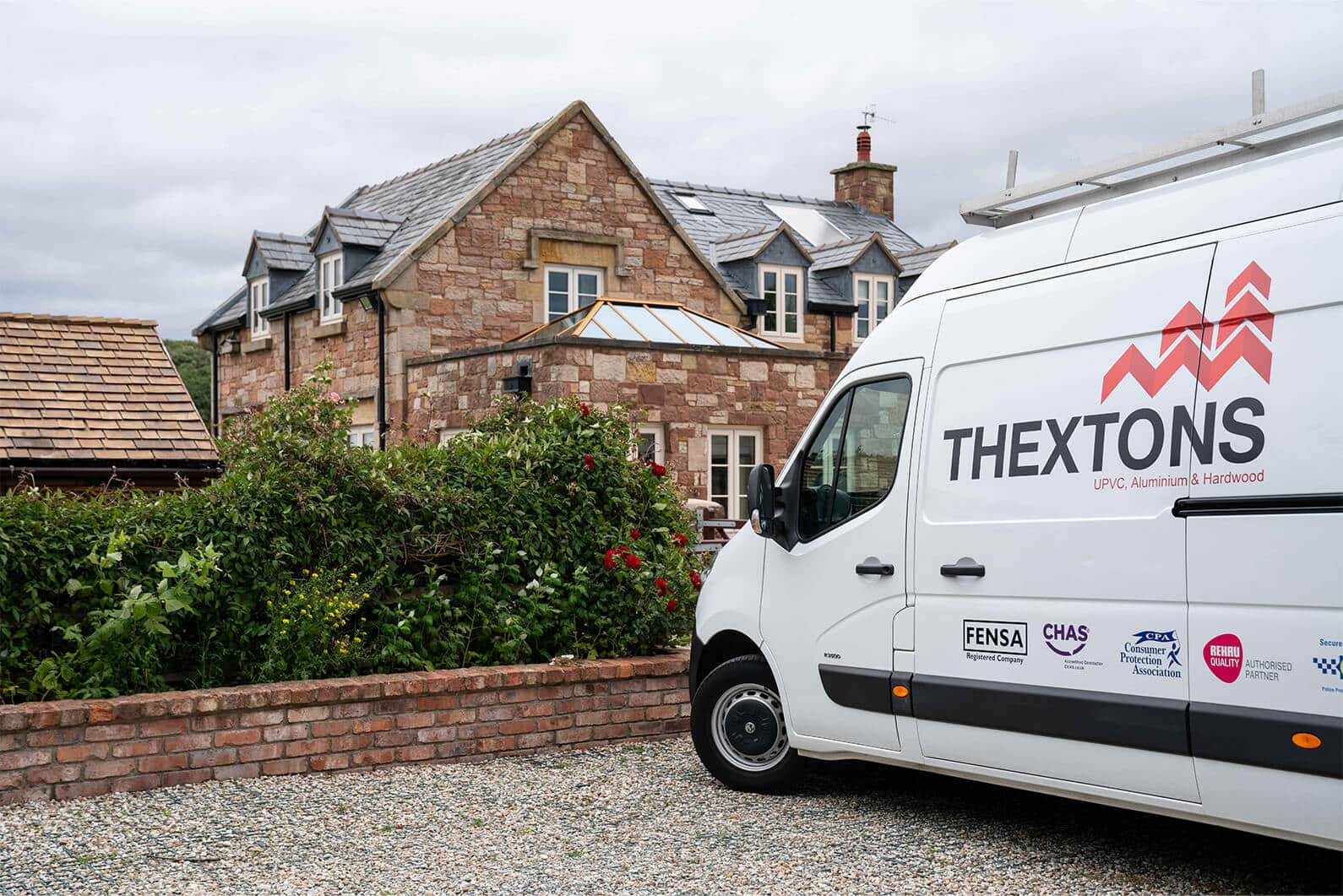
uPVC Rooflines in the North West
If you need a professional contractor to handle your bargeboards, fascias, soffits, and gutters across the North West, give Thextons a call today. You can reach us on 0151 608 2278 to discuss your project requirements with a member of our team. We will be able to arrange a free consultation with one of our experts and provide you with a free, no-obligation quote for our services.

